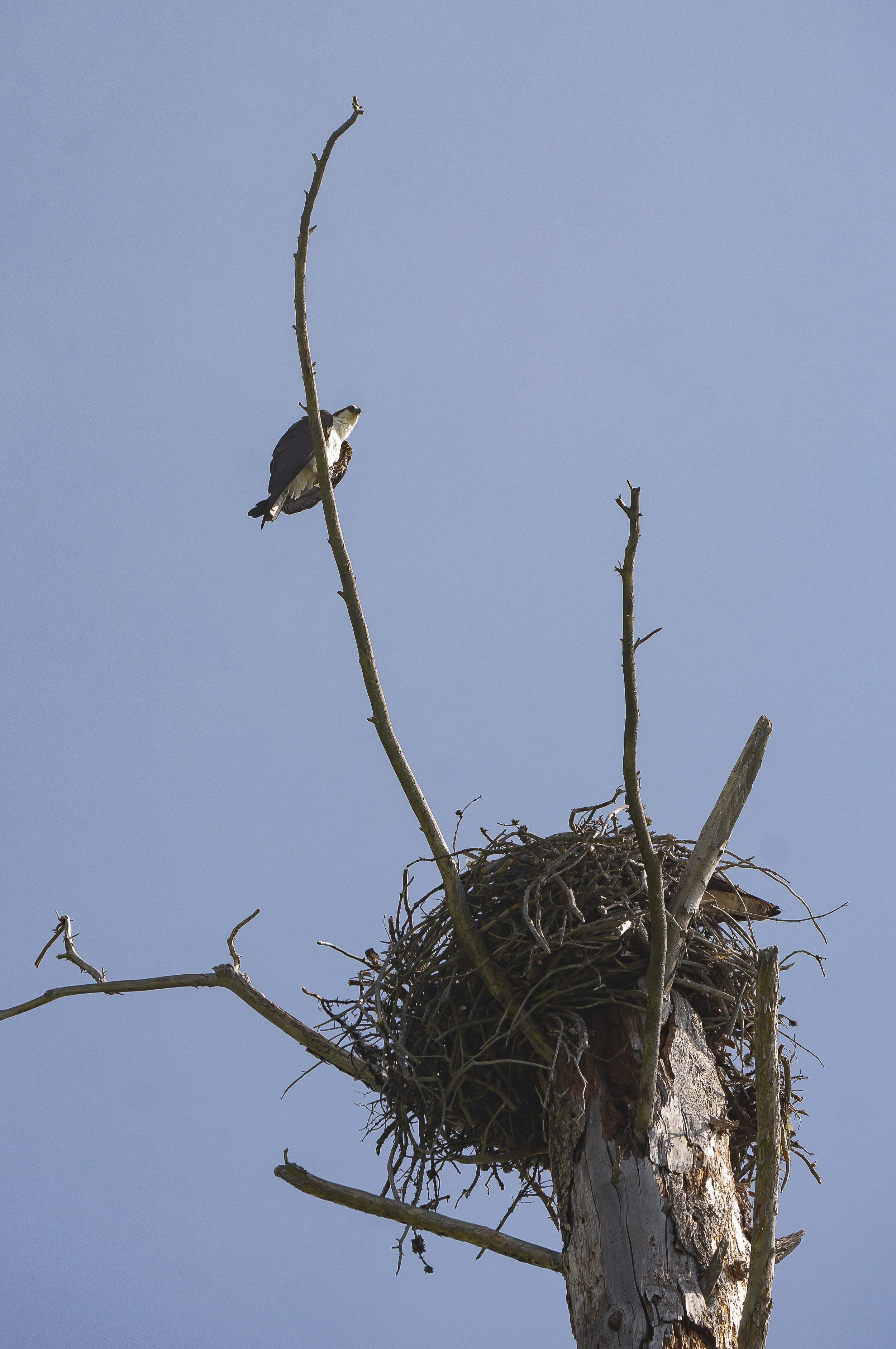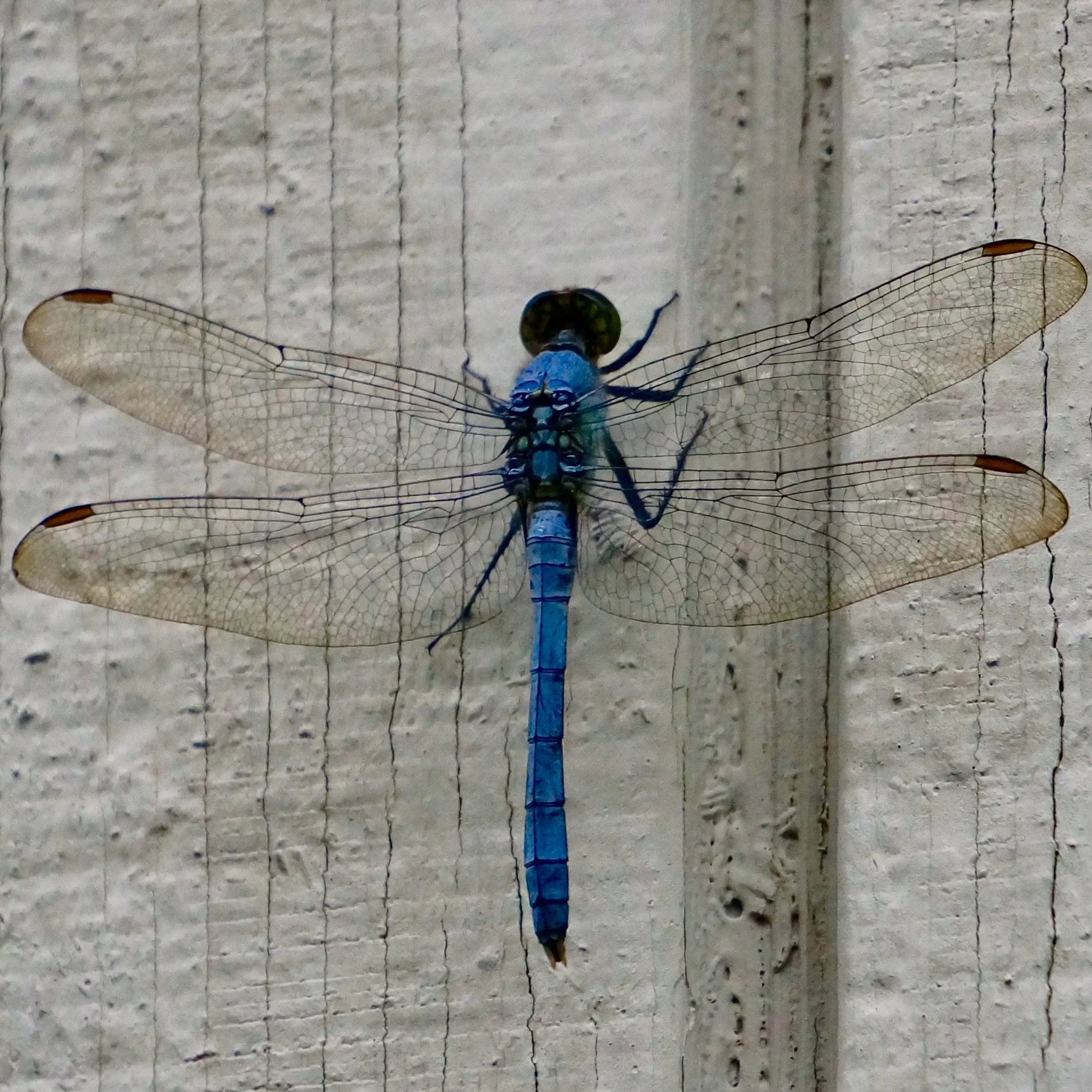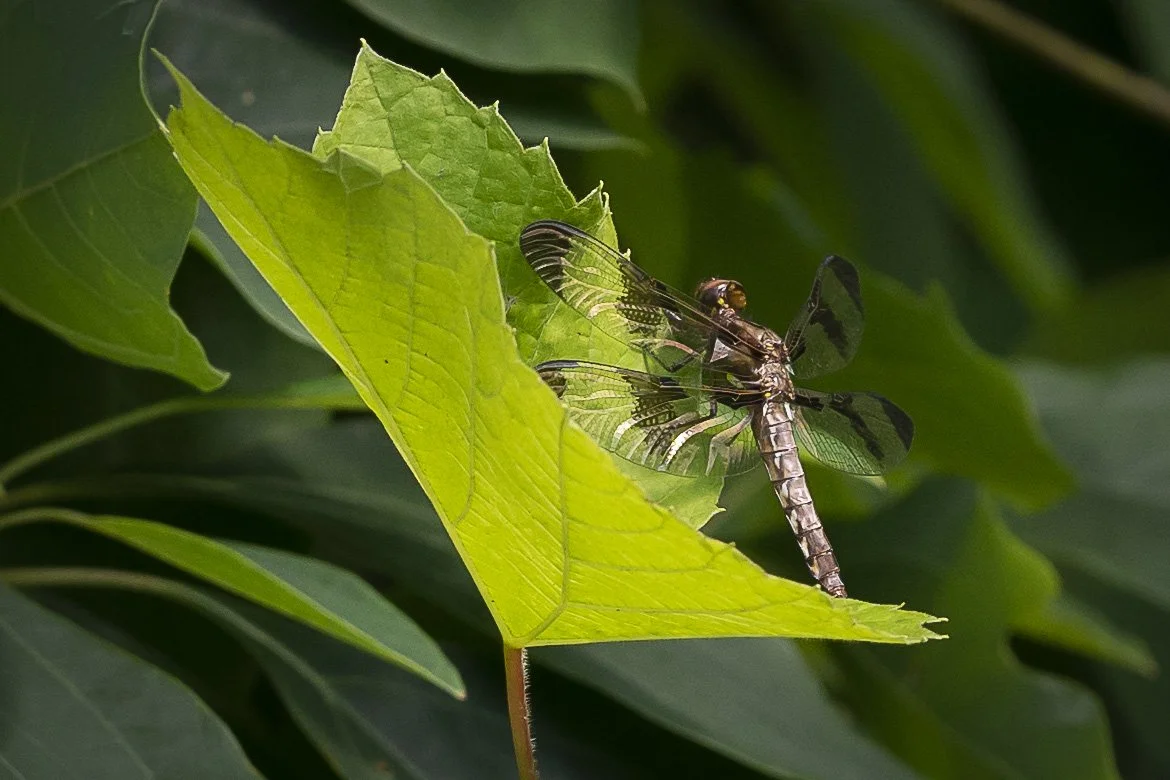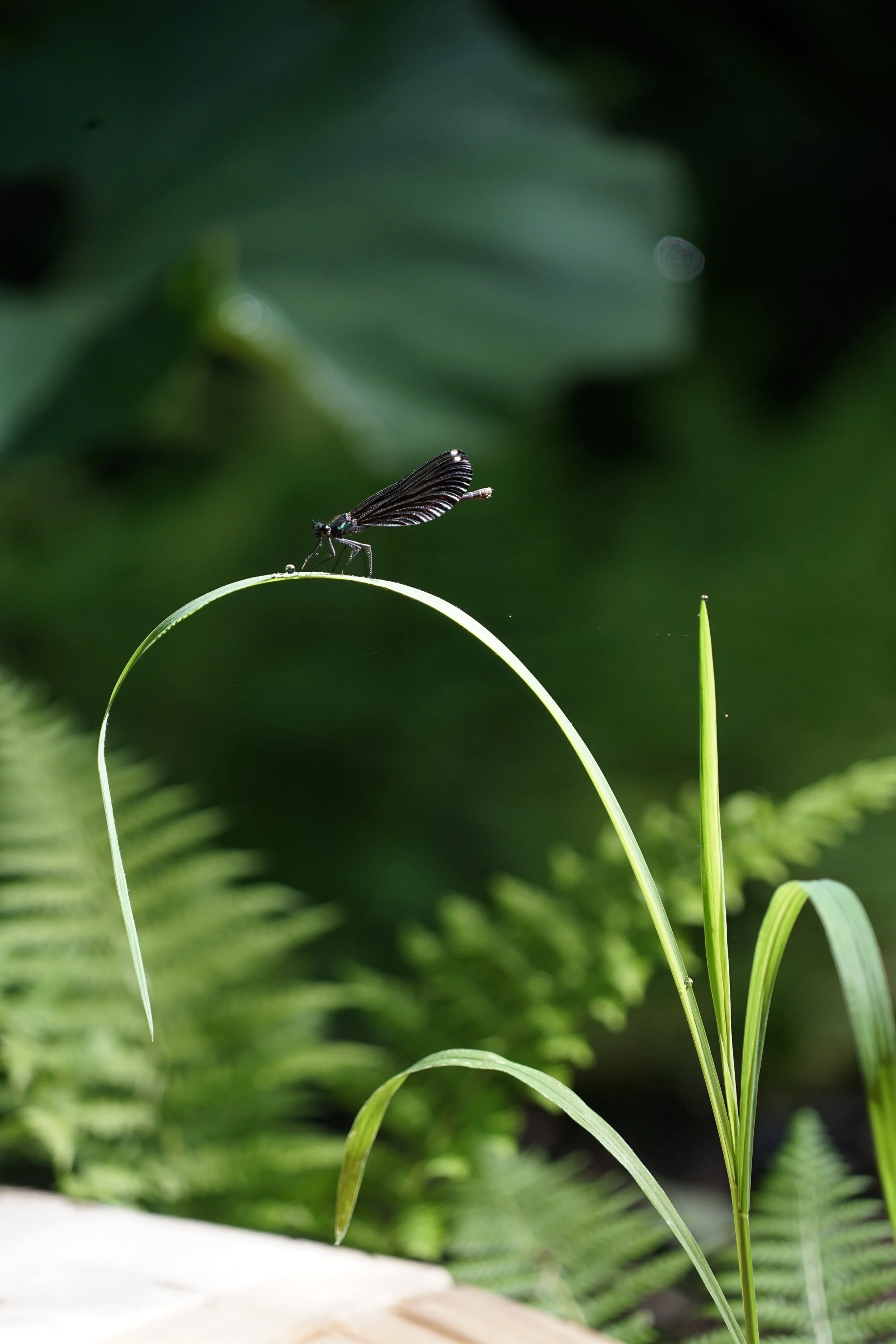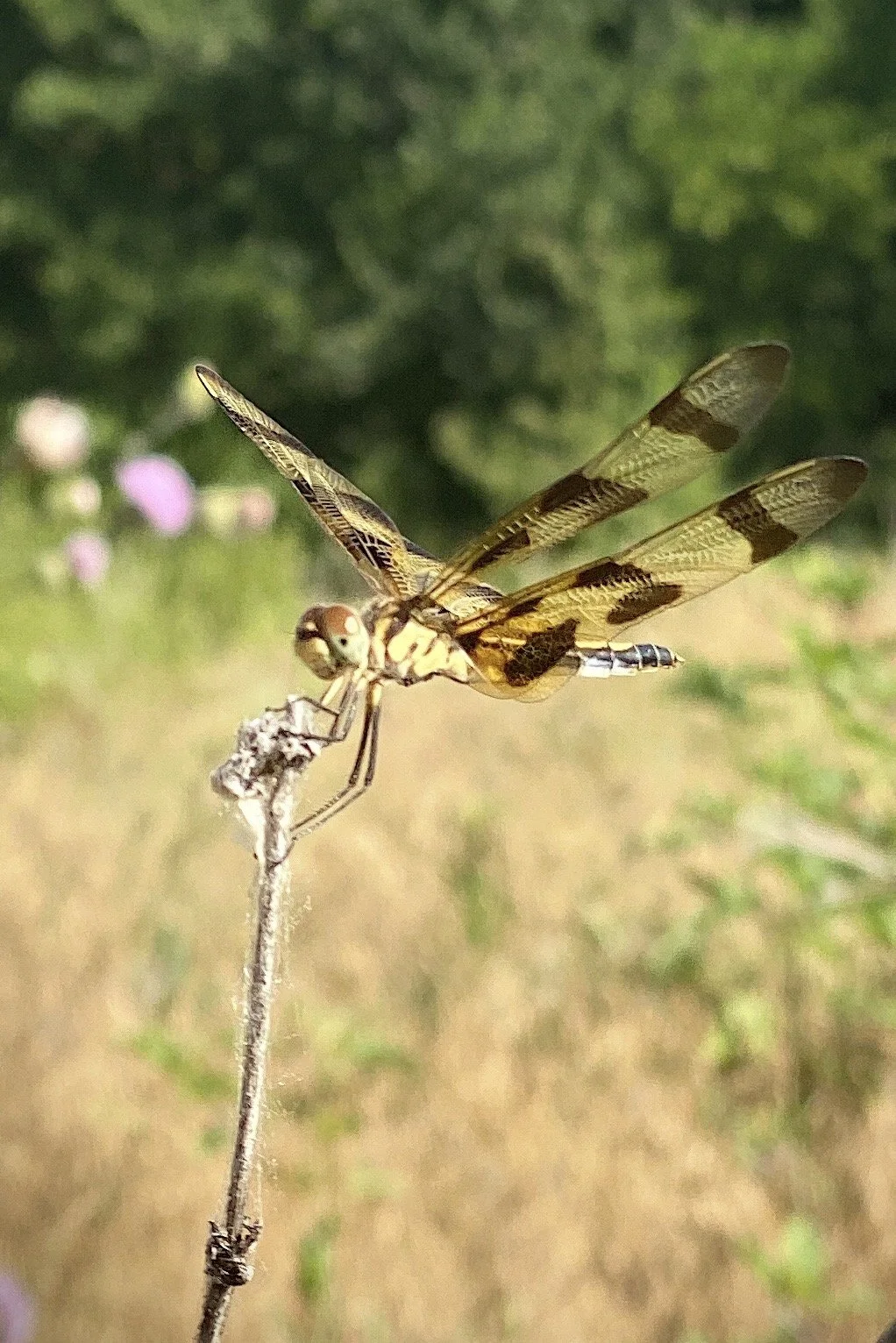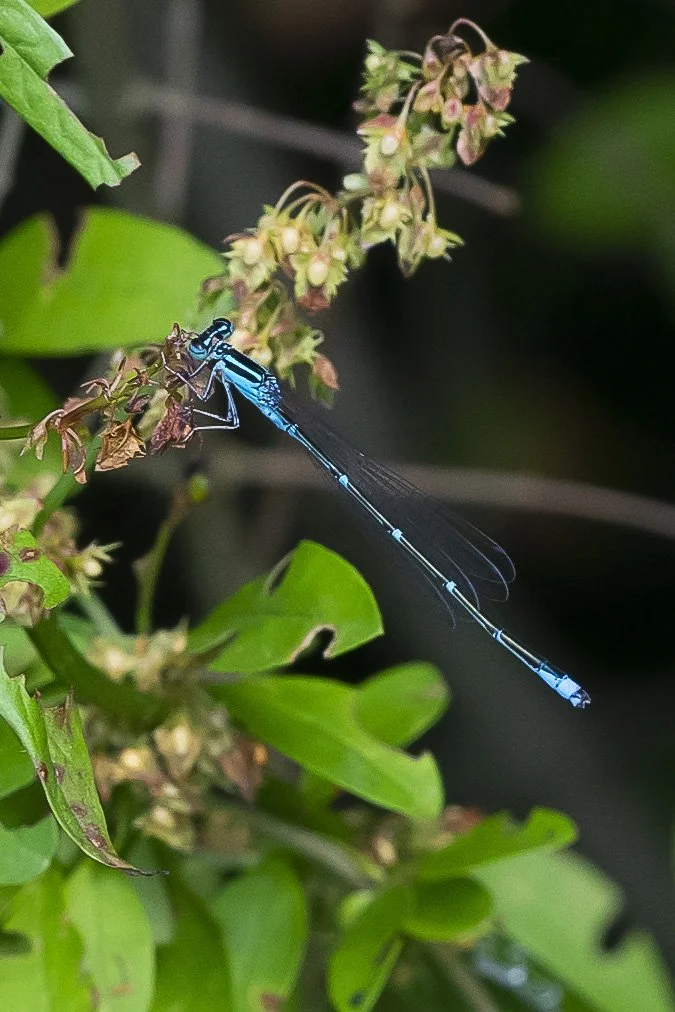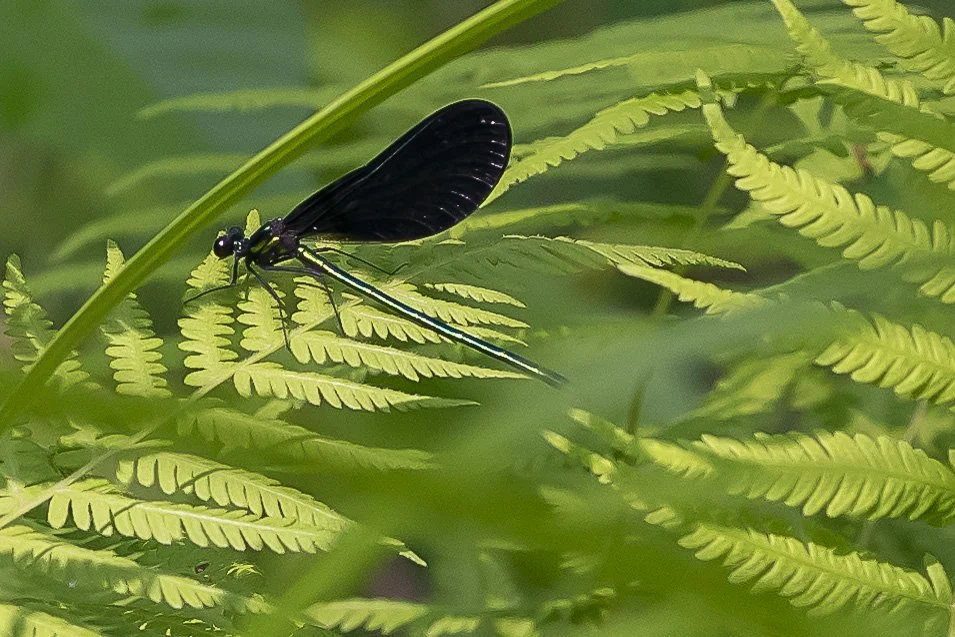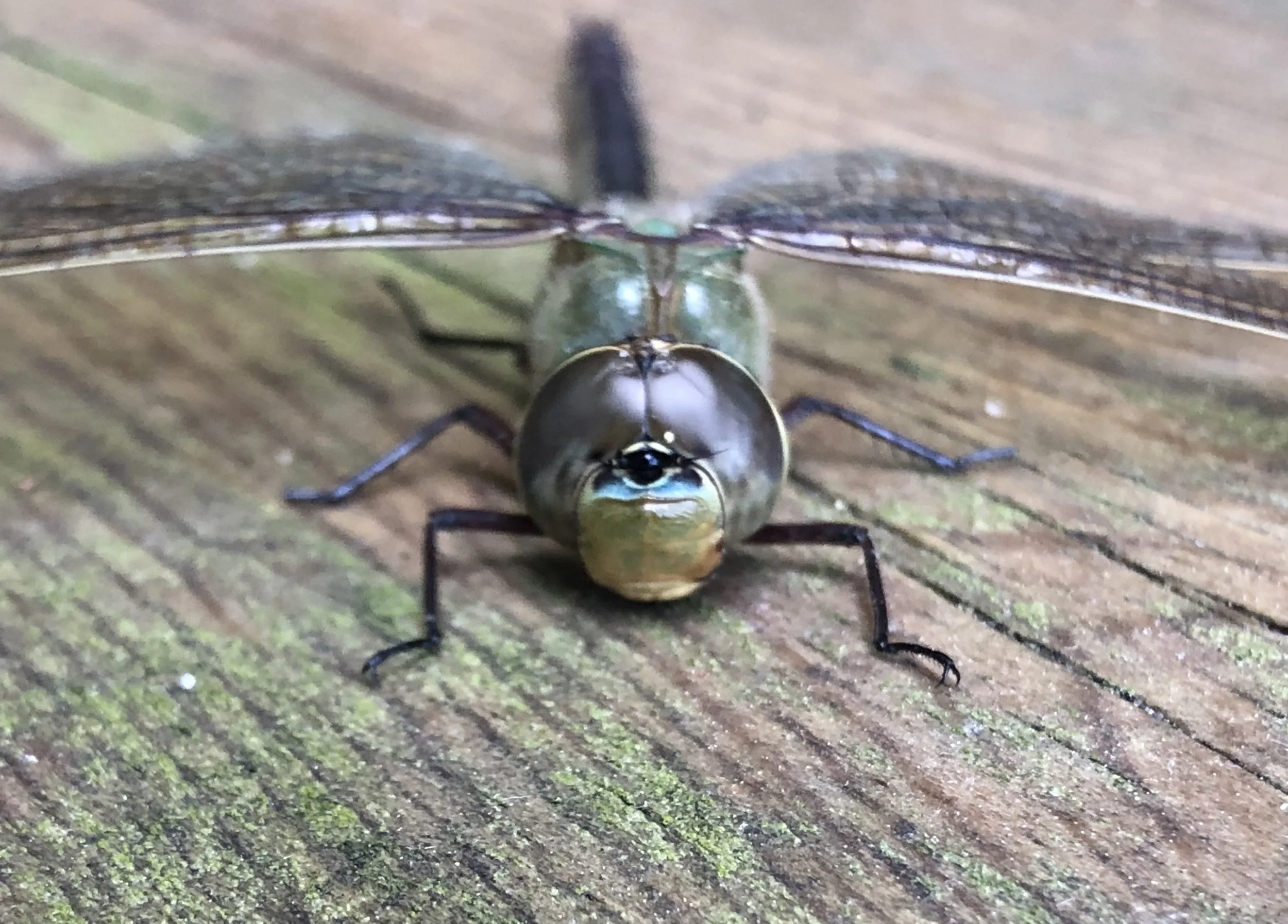…Let us risk the wildest places, Lest we go down in comfort, and despair.
Mary Oliver (excerpt from the poem, Magellan)
Return
Walking
this wooded path
under the shade of pines
beside the cool river
I know
this is where I’ll return
when I return
to dust.
The Ranger at the Bridger-Teton National Forest told me - “we’re really happy about the wildflowers this year. - you came at a good time.”
A magpie, tussled in the wind, perched on the roof of a shelter where I stopped to eat breakfast and plan the day.
Granite Creek Campground - Bridger-Teton National Forest. The Fortress.
The Falls at Granite Creek.
First view of the Tetons in the Grand Teton National Park.
The smell of pine was everywhere.
A little girl said there were moose at the moose pond, so I went, and there they were, huge, beautiful beasts.
Hidden Falls. Cooling relief after a hot climb.
Gros Ventre Campground. Storms threatened the first night, but passed around the park.
The beginning of a hike to Cascade Canyon.
Hawk protecting his family nest.
On my hike through the canyon, I met a family who generously let me tag along with them so I wouldn’t get eaten by bears - and one of them took this photo of me to send to my family.
Cascade Canyon Trail - Weather started to turn while I hiked back to the trailhead.
A chipmunk at Inspiration Point - a stop back along the trail
Groundhog near the Moose Pond. Think he was startled to see a human in the rain.
What a difference a few hours can make in the weather. Arriving back where I started, the Tetons enveloped in clouds and rain.
Sunset from my campsite.
My last night at the park, another storm rolled through. I woke up in the middle of the night, praying a tree wouldn’t fall on my van. In the morning, although limbs and trees had fallen and the power was out at the park office, all my fellow campers and I were ok.
And that’s how it ends. My last morning in the Grand Tetons.
When I was here, I felt my mortality for so many reasons. Bears, remote and unnavigable roads, lack of cell service, storms. I think that’s why I began to think about where I would want my ashes to be spread after I die. If I could choose anywhere, it would be in the woods somewhere…
The thing is, if I were to die out here - in some beautiful remote place, doing something I love to do, it wouldn’t be the worst thing. Life itself is risky. I would rather take some risk than never dare. What do you think?











